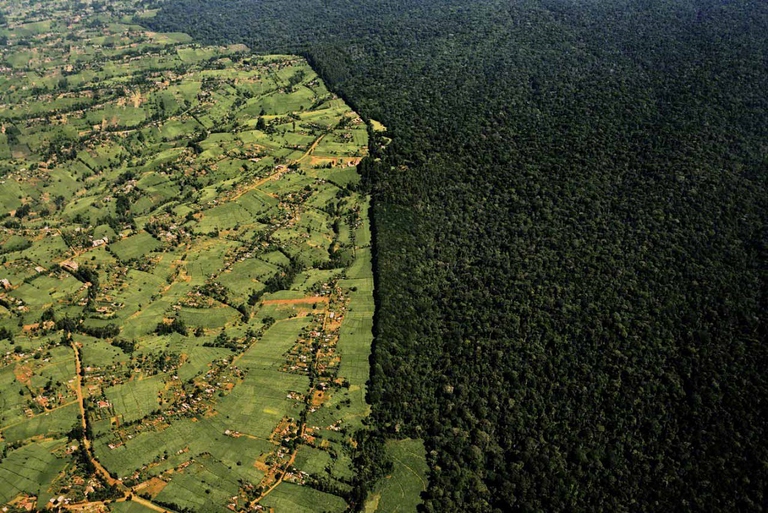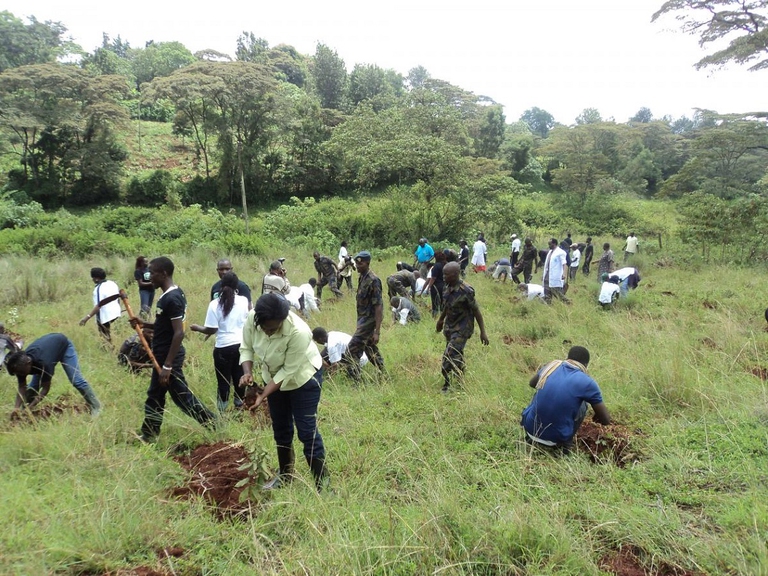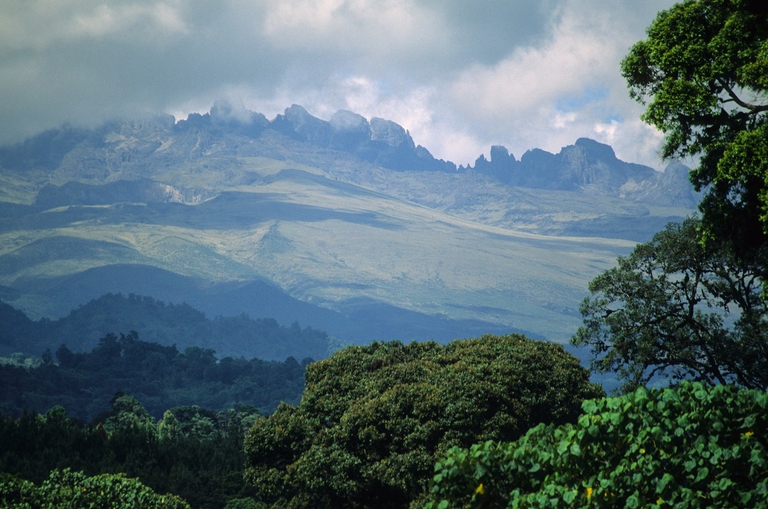
The Amazon became an alternative classroom during the pandemic. Now, the educational forest in Batraja, Bolivia, lives on to teach children and adults the value of nature.
Deforestation in Kenya – which reached its peak between 1970 and 1990 – represents a serious threat to five highland forests, dubbed “the Water Towers” beacuse of their importance as they’re crossed by the country’s main rivers. Between 2001 and 2014, Kenya lost 8 per cent of its forest cover, an area the size of the US state
Deforestation in Kenya – which reached its peak between 1970 and 1990 – represents a serious threat to five highland forests, dubbed “the Water Towers” beacuse of their importance as they’re crossed by the country’s main rivers. Between 2001 and 2014, Kenya lost 8 per cent of its forest cover, an area the size of the US state of Rhode Island.
The government has launched a strategy aimed to curb this trend, restore Kenya’s highland forests and lands, protect habitats home to a great variety of plant and animal species including endangered birds and mammals, and contribute to combating climate change.
A core point of the strategy is the Twenty Million Trees for Kenya’s Forests campaign, which provides planting 20 million trees in the area of Mount Kenya and other forests.
The aim is restoring primary forests by planting native trees, as well as improving food security to local populations by planting trees in farms in order to recover lands’ fertility, overshadow crops and produce fruit, nuts and medicines.
“This project is of vital importance to people in Kenya,” said Paulino Mugendi Damiano, founder of the environmental association Mount Kenya Environmental Conservation (MKEC). “Destruction of forests, combined with climate change, has led to reduced rainfall and increasing soil erosion – and this has caused food scarcities and hardship for people living around the forests”.
The UK-based organisation International Tree Foundation (ITF) is contributing to the initiative by raising funds through an international campaign aimed at providing local communities with the resource they need to plant 20 million trees. ITF’s Chief Executive Andy Egan said: “This is probably the biggest and most ambitious campaign in our long history – but is as much Kenya’s campaign as our campaign”.
Siamo anche su WhatsApp. Segui il canale ufficiale LifeGate per restare aggiornata, aggiornato sulle ultime notizie e sulle nostre attività.
![]()
Quest'opera è distribuita con Licenza Creative Commons Attribuzione - Non commerciale - Non opere derivate 4.0 Internazionale.
The Amazon became an alternative classroom during the pandemic. Now, the educational forest in Batraja, Bolivia, lives on to teach children and adults the value of nature.
Our species took its first steps in a world covered in trees. Today, forests offer us sustenance, shelter, and clean the air that we breathe.
Bangladesh suffered widespread damage as a result of Cyclone Amphan. Yet the Sundarbans mangrove forest acted as a natural barrier protecting the country from further destruction, as it has done countless times before.
On top of a 2.4 million dollar compensation, the indigenous Ashaninka people will receive an official apology from the companies who deforested their lands in the 1980s.
The tapir was reintroduced into Brazil’s Atlantic Forest, the country’s most at-risk ecosystem. The species can play a key role in the forest’s recovery.
Forests are home to 80 per cent of the world’s terrestrial biodiversity. This year’s International Day of Forests highlights the urgent changes needed to save them.
After a legal battle that lasted two years, Indonesia’s Supreme Court has revoked the permit to mine for coal in the forests of South Kalimantan in Borneo.
The list of human and animal victims of the Australia wildfires keeps growing – one species might already have gone extinct – as the smoke even reaches South America.
Areas where the FARC guerrilla used to hold power in Colombia have faced record deforestation. Farmers cut down trees, burn land and plant grass for cows. Because, “what else can we do for a living here in the Colombian Amazon”? An intimate report from the heart of the felled forest in Caquetá.










